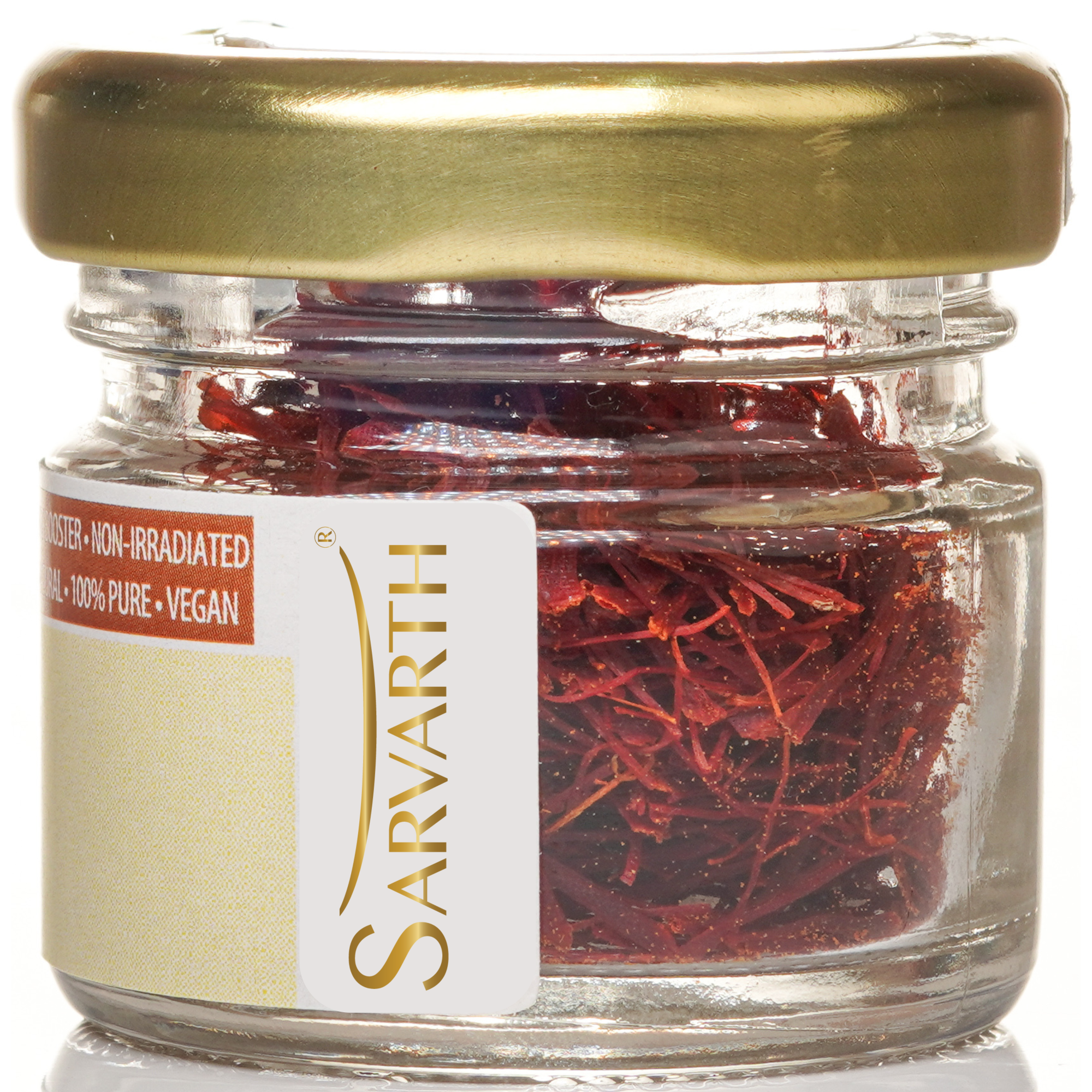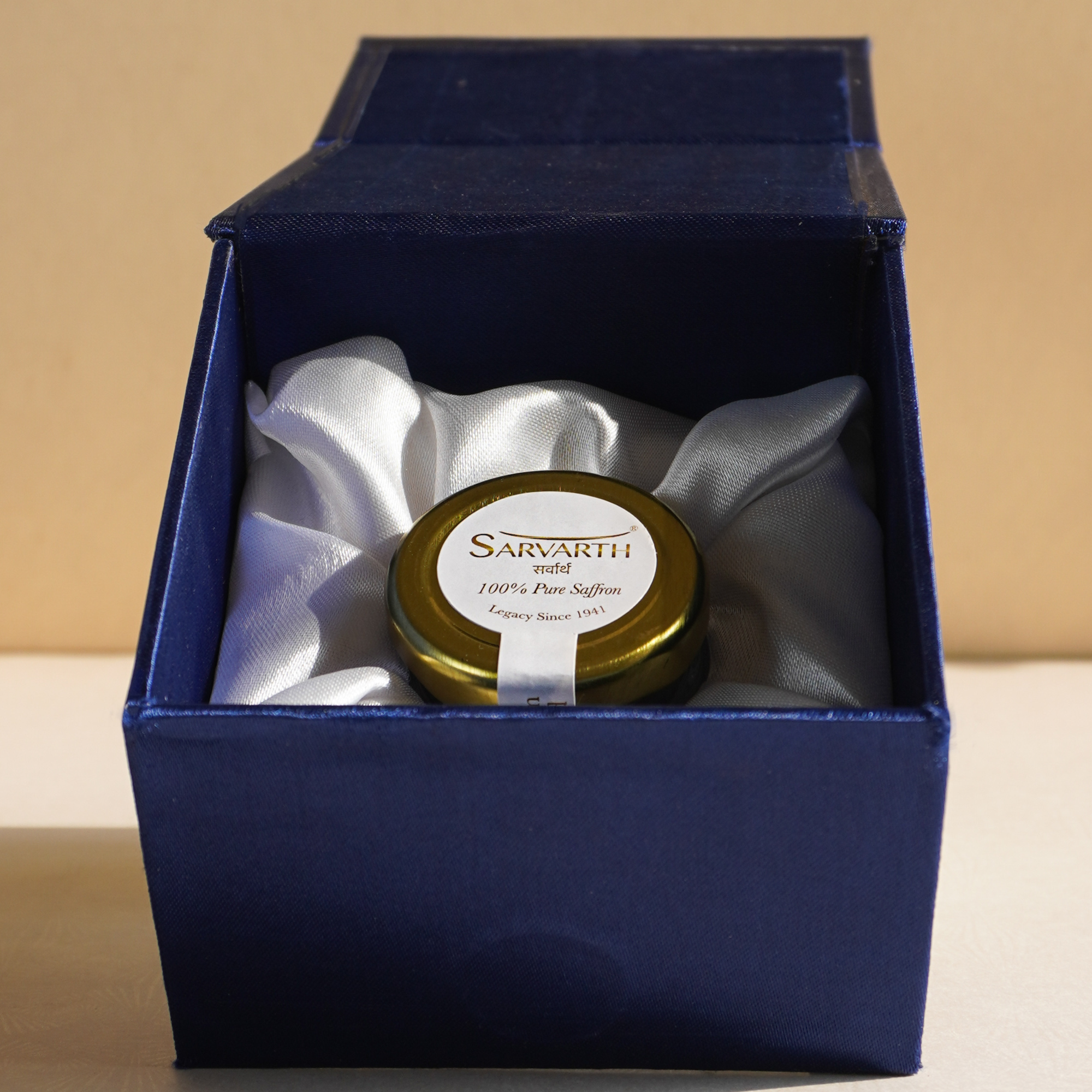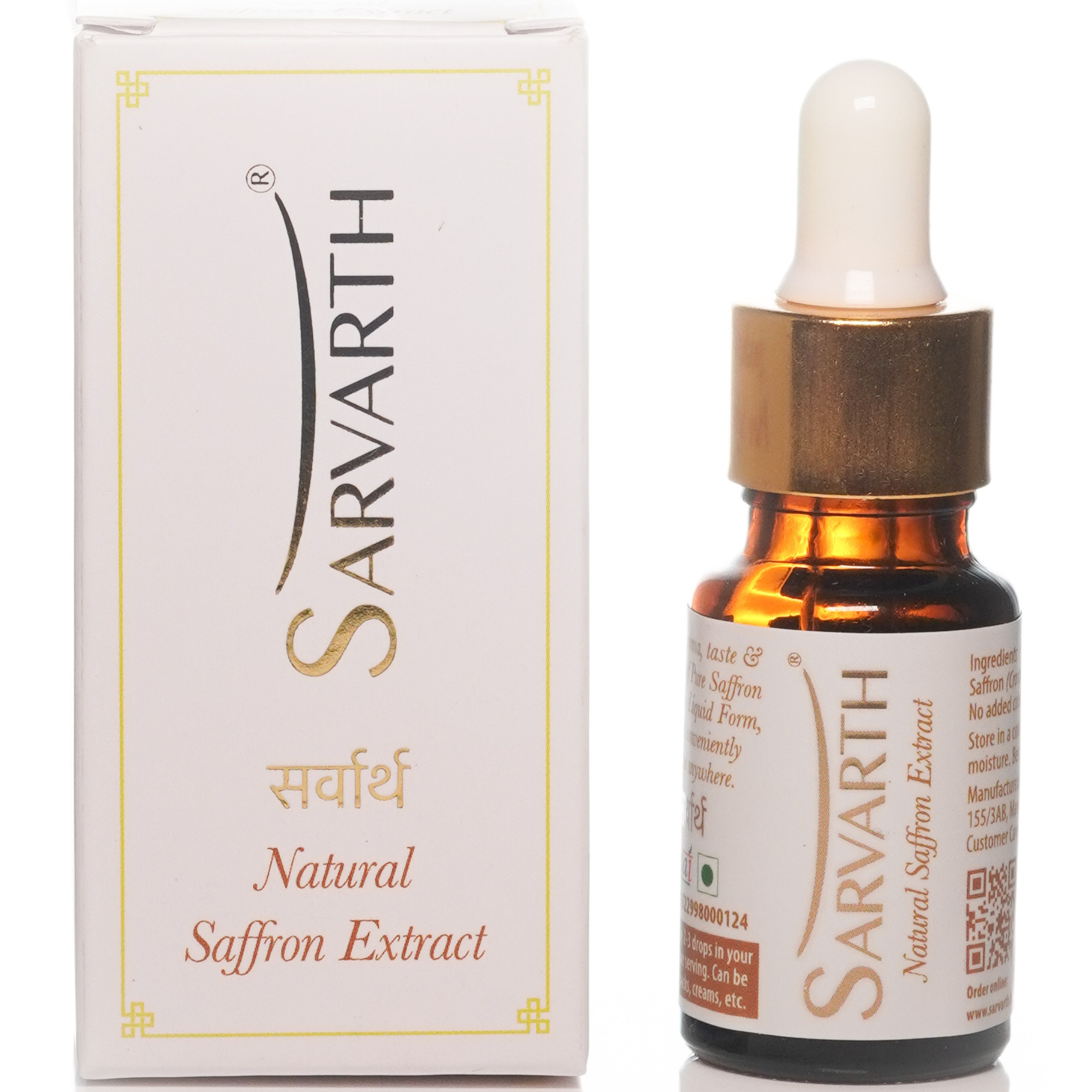Saffron Adulteration and Quality: How to Identify Genuine Saffron
Saffron is the costliest spice in the world used for its special taste, smell and curative properties. But its high value escalates it into a vulnerable product that is likely to be subjected to various forms of fraud. Intending to establish a comprehensive understanding of the problem with saffron compromise this article explains and identifies how the quality of this product is compromised as well as how to get the genuine article.
Understanding Saffron Adulteration
What is Saffron Adulteration?
Saffron adulteration is another fraud that means the addition of other materials to saffron to make the weight and volume appear higher than they truly are. Common adulterants include:
Dyed Stigmas: It contains saffron mined from other plants like corn husk, saffron which is in fact dyed from safflower.
Artificial Colors: The chemical dyes employed to improve the quality of what is otherwise essentially a substandard type of saffron.
Vegetable Matter: Some of these are shredded paper, gelatin threads, or plant fibers, which can be an extra portion of the recipes used in making of this product.
Stamens and Styles: One of the other components of the saffron flower aside the stigma that is of lesser value and usually used in combination with the saffron.
Why is Saffron Adulterated?
The primary cause of saffron adulteration is pecuniary. Since saffron has a very high cost, there are people willing to gain more leverage in profit selling fake saffron. Saffron adulteration can take away most of the value and efficacy that this spice has in terms of color, taste, fragrance and medicinal value.
This article aims at establishing how saffron quality is affected by the process of adulteration.
1. Reduced Potency
Artificial or integrate saffron does not have the same composition of crocin, picrocrocin and safranal the bases of Saffron color, taste or smell respectively. This makes both the culinary or the therapeutic benefit of the product to be less than expected and hence a poor result.
2. Health Risks
Adulterated saffron has synthetic dyes and chemicals used in food items are hazardous to health. Ingesting these substances may result in some sort of an allergic reaction and diarrhea or other complications.
3. Economic Loss
Consumers who purchase adulterated saffron are essentially paying premium prices for an inferior product, leading to significant economic loss.
Identifying Genuine Saffron
1. Physical Characteristics
- Color: Genuine saffron threads are deep red with orange or yellow tips. The color should not be uniform—completely red threads may indicate artificial coloring.
- Shape: Saffron threads are trumpet-shaped, with a flared end. They should not be flat or twisted.
- Texture: Real saffron threads are slightly dry and brittle, not moist or oily.
2. Aroma and Taste
- Aroma: Genuine saffron has a strong, sweet aroma with notes of honey and hay. If it smells musty, metallic, or has no aroma, it may be adulterated.
- Taste: Saffron has a slightly bitter, hay-like taste. It may be mixed with sugar or other sweeteners, if it tastes sweet.
3. Water Test
Place a few saffron threads in warm water. Genuine saffron will release its color slowly, turning the water golden yellow. If the color spreads instantly, it may be dyed. Additionally, genuine saffron threads will retain their shape and not disintegrate.
4. Paper Test
Rub a few saffron threads between your fingers and then on a piece of white paper. Genuine saffron will leave a yellow or orange stain, while dyed saffron may leave a red mark.
5. Laboratory Testing
For absolute certainty, saffron can be tested in a laboratory using methods such as high-performance liquid chromatography (HPLC) to verify its chemical composition and detect adulterants.
Tips for Buying High-Quality Saffron
1. Purchase from Reputable Sources
Buy saffron from trusted suppliers, whether online or in-store. Reputable vendors often provide certification of authenticity and quality.
2. Look for Certifications
Certified saffron, such as those with ISO 3632 ratings, undergoes rigorous testing to ensure purity and quality. Look for certifications on the packaging.
3. Check the Price
While high cost alone doesn’t guarantee quality, extremely cheap saffron is likely to be adulterated. Be wary of prices that seem too good to be true.
4. Packaging
Quality saffron is usually sold in airtight containers to preserve its potency. Avoid saffron sold in open or poorly sealed packages.
Conclusion
Of course, adulteration of saffron, or misrepresentation, is another issue contributing to the quality of the valued spice. It was therefore important to learn the various manners in which saffron is adulterated and how one could avoid such products thus helping consumer to make right decisions that will enable them tap in the many benefits that come with the use of saffron. This means if you have to buy you should buy from reputable stores,: in fact, therefore look for the physical sign, smell and taste which are the marks of the real products.
Here are 10 frequently asked questions (FAQs) about saffron adulteration and quality, along with their answers:
1: What is saffron adulteration?
Saffron and its adulterants include the addition of dyed stigmas of other species, artificial colors, vegetable matter or other parts of the flower of saffron other than its stigmas or styles which are then mixed with the genuine saffron to deceive the consumer on volume and quality.
2: Why is saffron adulterated?
Saffron is adulterated primarily for economic gain. Given its high price, unscrupulous suppliers can make significant profits by selling adulterated products, which drastically reduces the quality and potency of the saffron.
3: How can saffron adulteration affect my health?
Drinking or using foods containing contaminated saffron may lead to some health problems due to synthetic dyes and chemicals. These substances can cause allergy, upset the functioning of the gastrointestinal tract or lead to other health issues.
4: What are the physical characteristics of genuine saffron?
Fresh saffron stigmas are thread-like, red in color with an orange or yellowish tip, and possess a trumpet like thick end, and have less moisture and more rigid texture than mature ones. They should not be flattened, twisted, in any manner greasy, wet thoroughly or excessively oily.
5: How can I test saffron at home to check for authenticity?
You can perform the water test by placing a few saffron threads in warm water. Genuine saffron will release its color slowly, turning the water golden yellow, and retain its shape. You can also rub saffron threads on white paper; genuine saffron will leave a yellow or orange stain, while dyed saffron may leave a red mark.
6: What should genuine saffron smell and taste like?
Genuine saffron is a vivid sweet and pleasantly honeyish smell with a slight hayish tint. That has a subtle bitter taste in addition to resembling hay. If free from smell and has smells musty, metallic, or smells like nothing at all, if it tastes sweet, then it may be adulterated.
7: Where should I buy saffron to ensure its quality?
Purchase saffron from reputable suppliers, whether online or in-store. Trusted vendors often provide certification of authenticity and quality. Look for certifications like ISO 3632 ratings on the packaging.
8: How can I identify high-quality saffron in the store?
Look for saffron that is deep red with orange or yellow tips, sold in airtight containers. Avoid saffron that appears too dark, smells musty, or is sold in open or poorly sealed packages. Be cautious of extremely cheap saffron, as it is likely to be adulterated.
9: What is the water test for saffron authenticity?
The water test involves placing a few saffron threads in warm water. Genuine saffron will release its color slowly, turning the water golden yellow, and the threads will retain their shape. Instant color spread or disintegration of threads indicates potential adulteration.
10: Why is saffron so expensive?
Saffron is prized because it is time consuming to collect the three red filaments of the Crocus sativus flower through stigma. In every flower there are three stigmas, and it takes an enormous of flowers to collect a very small amount of saffron. Such disadvantages as careful selection and natural drying also result in high price.










